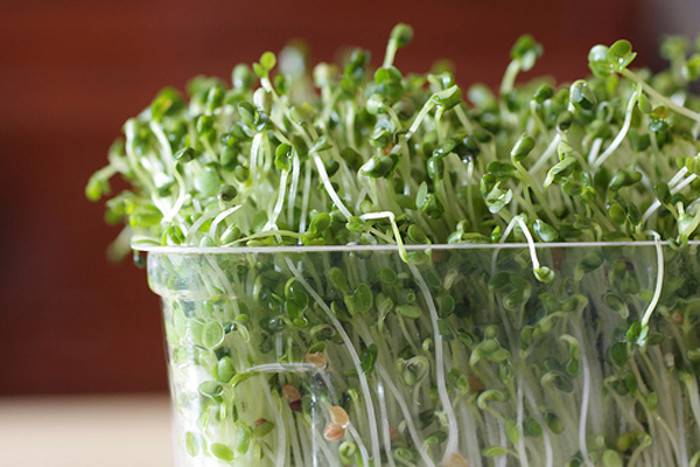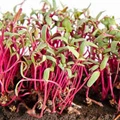
Sprouts are the vegetable world's powerhouse. They're nutrient-dense and easy to grow, and they often provide more vitamins and minerals than your favorite vegetables. They're also a great way to get some vitamins without having to make another trip to the store.
Growing your own sprouts is a good way to produce quick nutrients at a low cost if, like many people, you find yourself spending more time indoors these days. Sprouts are inexpensive and tasty, and they contribute to your food supply with only a few minutes of rinsing per day.
What Equipments do you need to Grow Sprouts?
Today, a wide range of sprouting equipment is available, both online and in specialty stores. Designs range from simple containers with built-in sieves to multi-tiered setups capable of sprouting multiple varieties at the same time (or for staggering sprouts of one kind). However, sophisticated setups aren't required if you're just getting started with sprouting.
The most basic sprouting method employs a glass jar with cheesecloth secured over the opening with a rubber band. Screening held in place with a metal screw-top ring works just as well. Clean water (preferably non-chlorinated) and untreated seeds are also required.
How to Sprout Seeds?
A few tablespoons to a half-cup of seed is all that is required to produce an abundance of sprouts for sandwiches, salads, and other dishes. Depending on the size of the seed and the variety, sprouts will double or triple in size. Keeping things small will prevent sprouts from going bad in your refrigerator.
In general, each batch should contain 2-3 tablespoons of small sprouting seed (alfalfa or clover) and 1/3-1/2 cup of larger sprouting seed (lentils or beans). Quinoa is an exception: this 'pseudo-grain' sprouts and grows slowly.
Here are some more general guidelines to follow when growing sprouts at home:
- Remove any dust or debris from your seeds by rinsing and cleaning them.
-
Soak your seeds to help them "wake up" and sprout. While soaking seeds is optional for a few lesser-known sprouts, it is a necessary first step for the majority of varieties. Soak your seeds for 6 to 12 hours, depending on their size. (Make sure to get rid of any floaters.)
-
After soaking, drain the seeds and spread them evenly in your container, forming a thin layer of seeds. Avoid stacking seeds on top of each other. If you're using a jar, try laying it on one side to get a more even distribution.
-
1-2 times per day, rinse and drain. (Note: hulled sunflower seeds should be rinsed more frequently because they tend to become slimy. Rinse or pick off seed skins to prevent rotting)
-
After your seeds have sprouted, rinse and drain them on a regular basis (every 8-12 hours) until the sprouts reach the desired length.
-
Consume immediately or keep refrigerated until needed. When kept cool, most sprouts will last 1-2 weeks.











